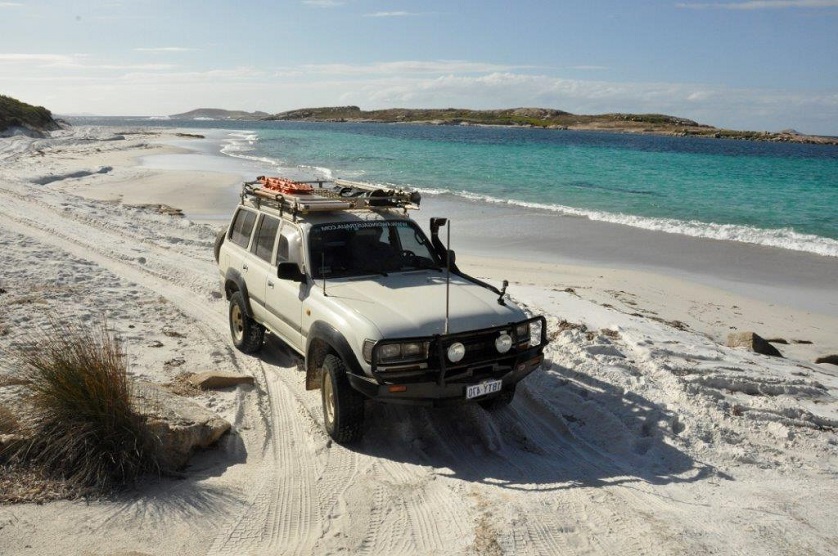There’s no doubt Australia has seen the increase of 4×4 purchases, but it’s no surprise given that we’re a camping nation which goes to show these cars aren’t just bought to be used cruising the city streets, taking their towing capacity into account.
The reason many are opting for this sort of car is having the commodity it provides, including making it possible to go the road less travelled, away from touristy destinations and visit secluded areas that are surrounded by a terrain not that easy to reach with other cars. When you go 4WDing there’s no turning back simply because it overtakes your every aspect of life and makes you want to have more of the off-road adventures.

Same as with any other travelling, it takes preparation prior to taking to the road. Whether it’s river crossings, sand dunes or rock hills, there’s nothing your 4×4 can’t handle as it’s made for endurance test drives, however it’s important to do regular checkups because rough terrains can take their toll on your car. But before we get to that, an important question to ask is do you have the necessary recovery equipment for when you need help in the middle of nowhere, be it in mud, sand, or sludge? Recovery tracks, like the Australian Max Tracks 4X4, are tough and ergonomically designed with teeth made to fit the tyre tread grooves.
Aids like the Max Tracks 4X4, also called traction aids, bog mats, and traction ladders, are essential and should be part of your tool kit, and the first consideration when you decide to amp up your 4×4 with some accessories like bull bars and snorkels. The bonus of specialised tracks is some models have an underside that can be used as a shovel, as we have to be honest, oftentimes being stuck requires some digging, so you’d save on space having a two-in-one tool, same as with those that double as tent door mats.
Now then, checkups! Even though you’d remember to add fresh oil and filters cleaned and fitted, don’t forget to tighten bolts and nuts, including check whether roof rack, aerial and aftermarket components of the sort are tight enough since you can’t always risk off-road vibration damaging your car and lose some important bits in the process. In this aspect, be sure to look into the underside, inspecting the joints and welds for fractures. Pay particular attention to the inner walls of tyres, performing balance and wheel alignment before trips, as well as providing wheel bearings with sufficient amount of grease.
Another important 4WDing aspect is how you do the packing. A word of advice is to be in the know of preparing the cargo, so you make it accessible and safe to drive with. You can do so by loading the heavy items first, ensuring the proper centre of gravity, distributing cargo weight evenly so as to avoid creating an imbalance that would interfere with your car’s movability and avoid damages. The solution to storing bulky items is securing them on your roof rack, first placing the roof rack forward so it doesn’t counter the inside cargo weight.
Remember, preparation is key; If you want to have the adventures of a lifetime with your 4×4, don’t overlook the essence of preparation. Happy 4WDing!










